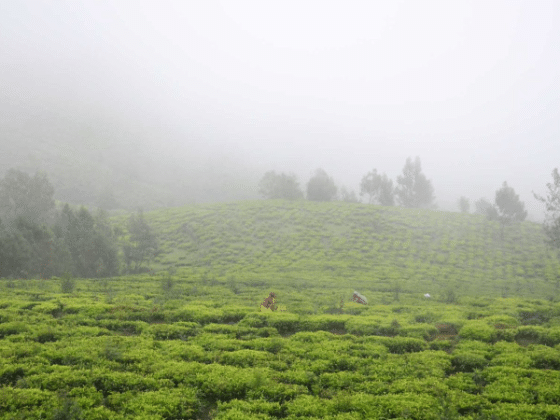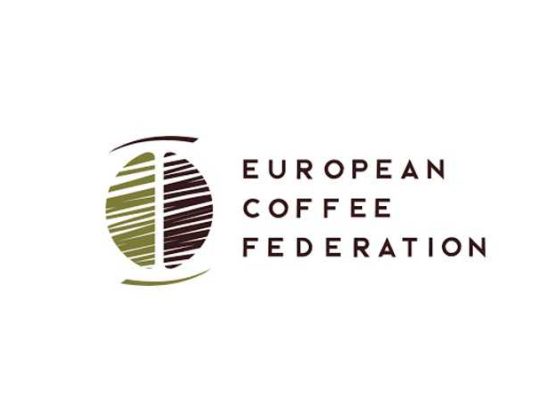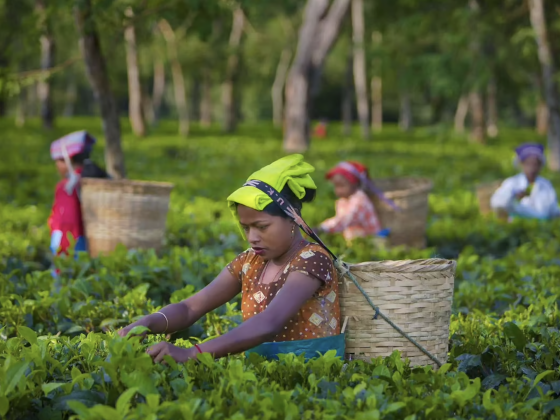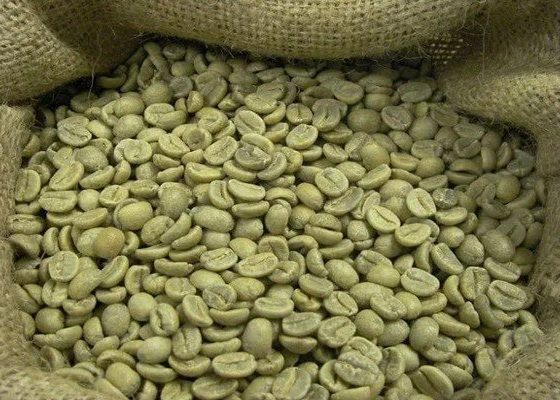The supply deficit is seen in coffee as Brazil, the world’s largest producer, has reported one of the worst droughts this year.
The global coffee market is heading towards a supply deficit as the world consumption has outstripped production in 2013. The global consumption is provisionally pegged at 145.8 million bags while the production in crop year 2013-14 estimated at 145.7 million bags.
The most important variable at the moment is the size of the 2014-15 Brazilian crop, which is starting in April 2014. However, the damage resulting from the recent drought is yet to be officially quantified.
According to an initial estimate of the International Coffee Organisation (ICO), the total consumption in calendar year 2013 suggests a significant 2.7% increase to 145.8 million bags, up from 142 million in 2012.
This represents an average annual growth rate of 2.1% over the last four years. Much of this growth in 2013 has come from traditional markets, particularly the USA, which has provisionally recorded strong increase in consumption compared to 2012.
“Consumption in exporting countries continues to increase significantly, up to 44.7 million bags, or 30.6% of the world total,” ICO said.
Consumption in emerging markets is estimated at 26.8 million bags, slightly lower than 2012. However, this is most likely due to the fact that most emerging markets are not members of the ICO, therefore complete data for 2013 might not yet be available.
The overall trend in the coffee market is for traditional markets to account for a declining share of total consumption, mostly due to increased consumption in exporting countries.
Ongoing uncertainty over the Brazilian coffee crop has caused significant fluctuations in coffee prices during March, with monthly volatility of the International Coffee Organization (ICO) composite indicator price exceeding 10% in both March and February. The daily price of the ICO composite ranged from a high of 177.29 cents per lb (pound) to a low of 153.33 in less than ten days.
“It is difficult to estimate the extent of the damage from the drought and high heat until the crop is being harvested, although a recent study has referred to it as the largest climate anomaly since the ‘Black Frost’ of 1975, warning that damage to the 2015-16 crop could be even worse,” ICO said in its latest report.
The monthly average of 165.03 cents per lb was nearly 20% higher than February and the highest monthly level in two years. International prices remain unsteady and sensitive to weather events in Brazil, the ICO said.
Total exports in February 2014 reached 9 million bags, up 4.3% on February 2013. This brings the total volume of exports for the first five months of coffee year 2013-14 to 42.7 million bags, 6.6% lower than the same period in 2012-13.
It is particularly notable that estimated exports from Vietnam increased significantly in February, up 28.2% to 2 million bags, which can presumably be attributed to the increased prices. However, total exports from Vietnam in coffee year 2013-14 (October to February) are still estimated lower at 7.3 million bags, compared to 9.2 million in 2012-13.
Despite this increase in Robusta exports, certified stocks on the London futures exchange continued to decline, from 404,000 bags in February to 317,000 in March. Certified Arabica stocks on the New York market also fell slightly to 2.9 million bags.
Source: business-standard.com/article/markets/global-coffee-consumption-outstrips-production-in-2013-114041400126_1.html









